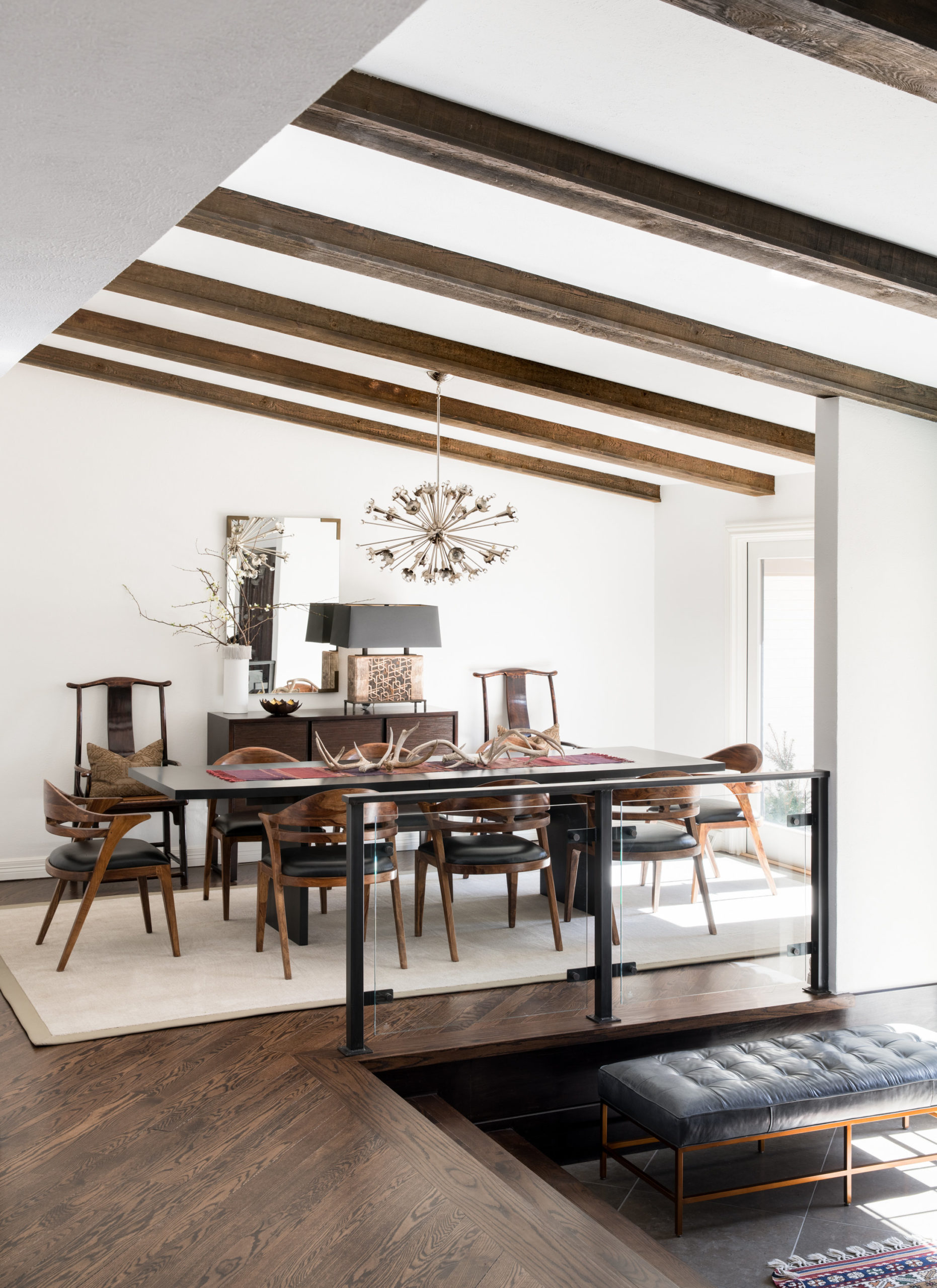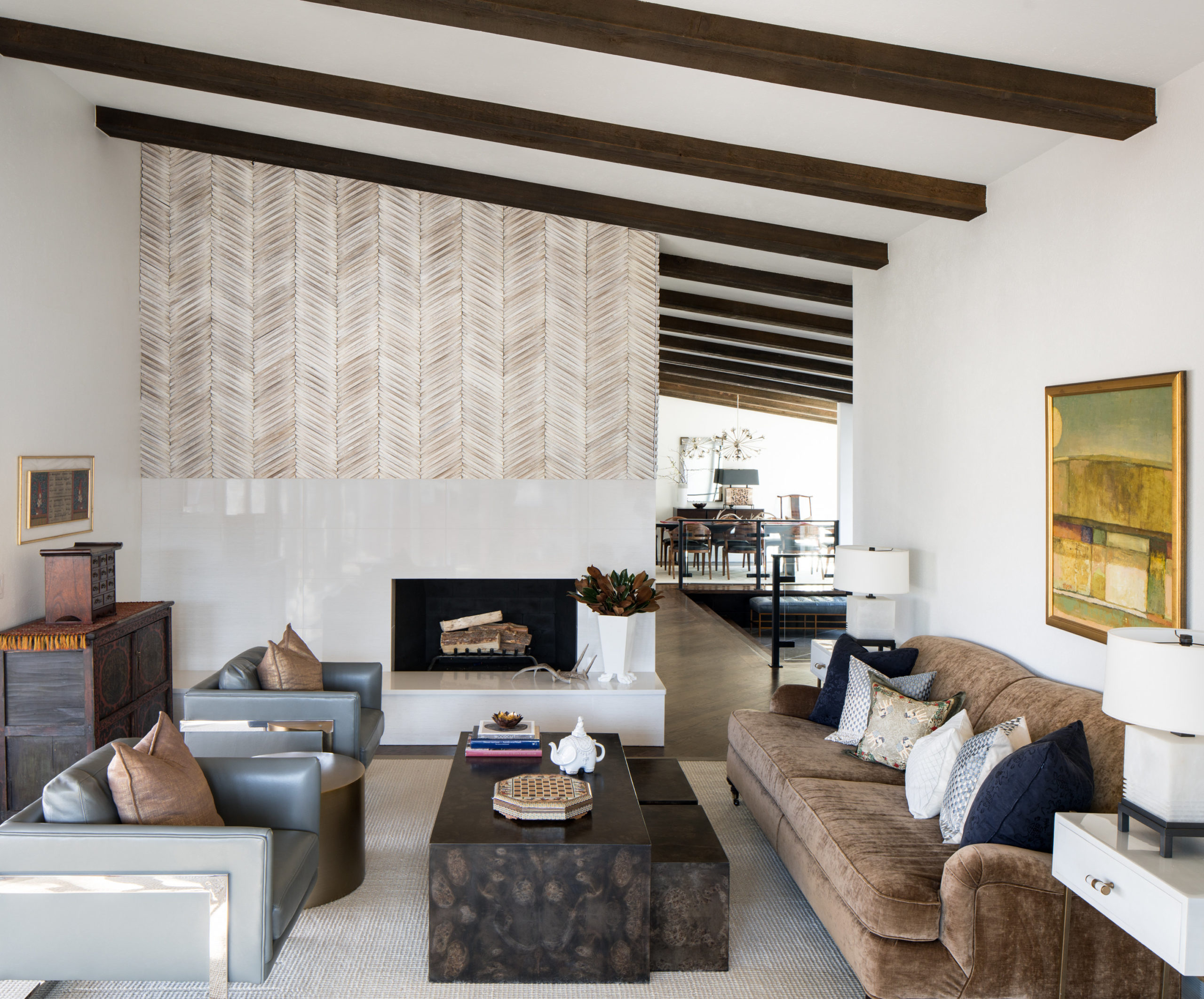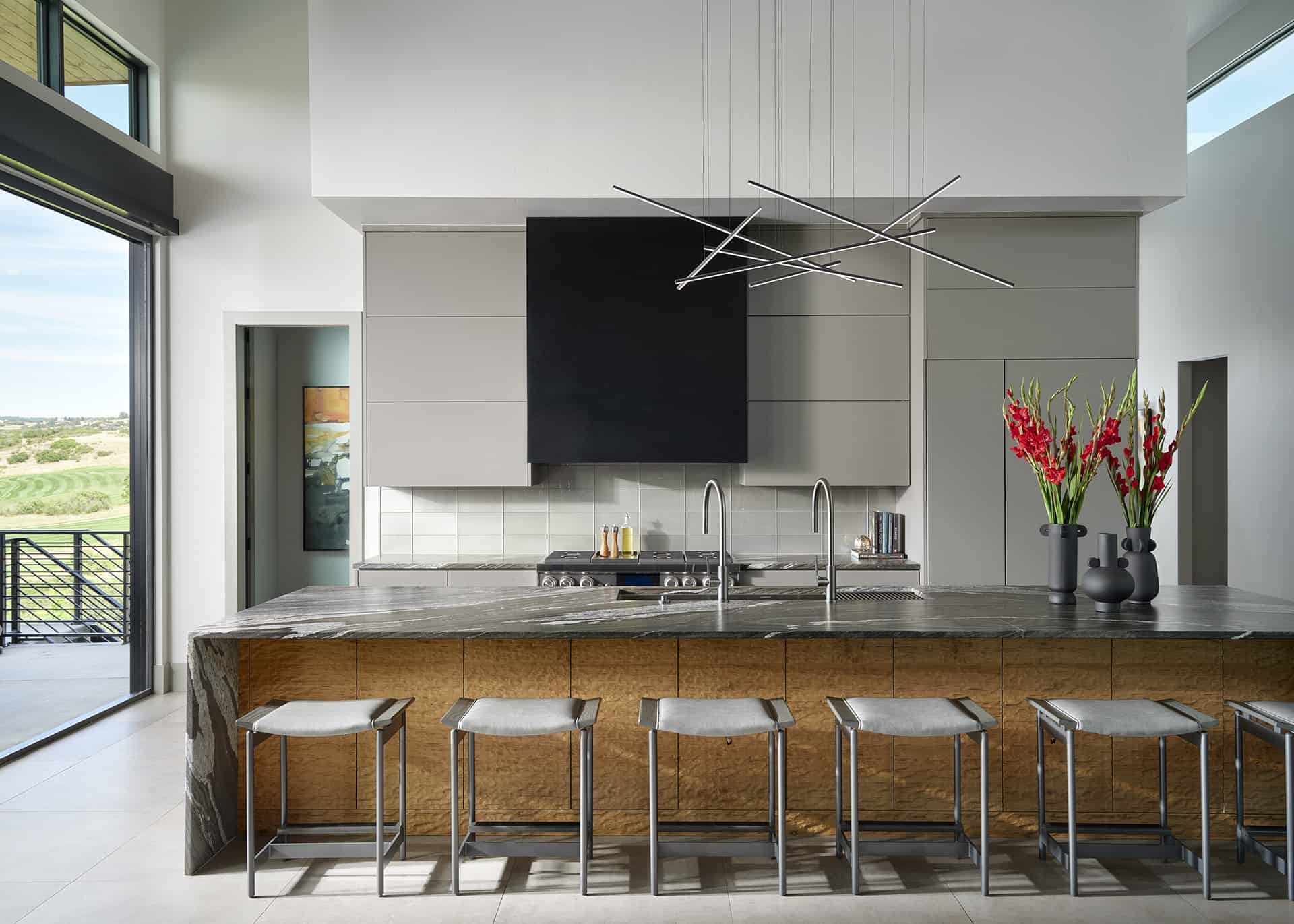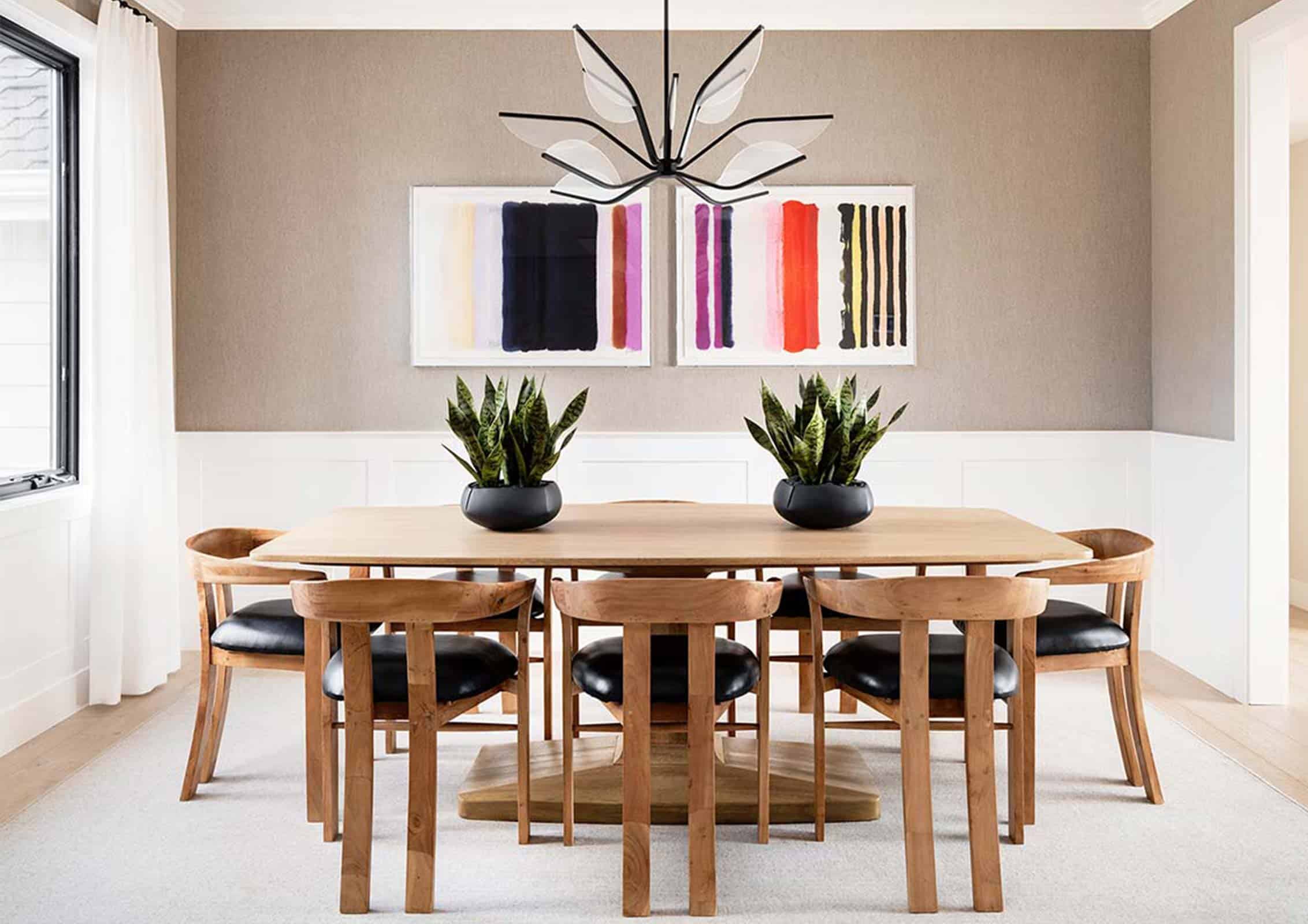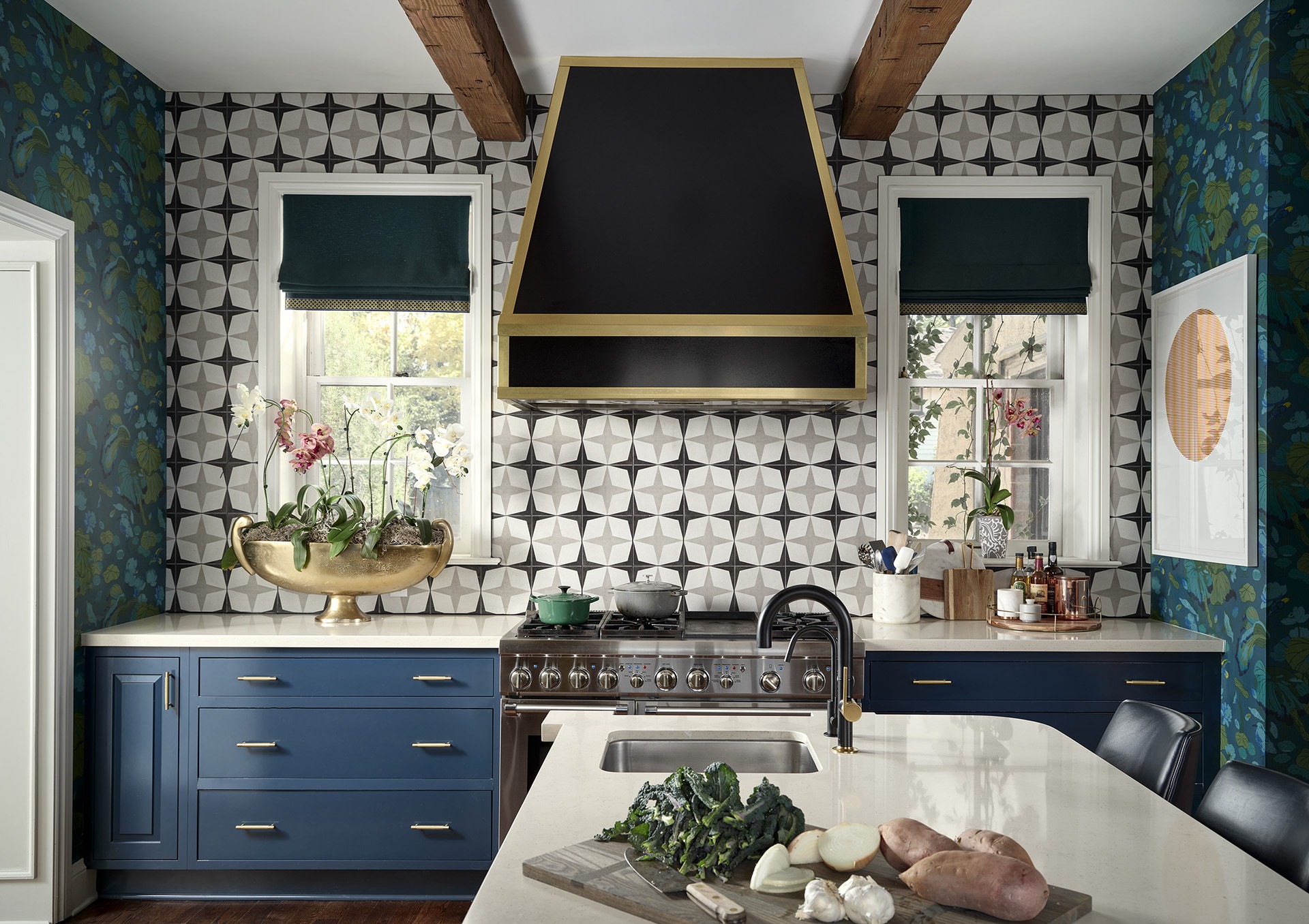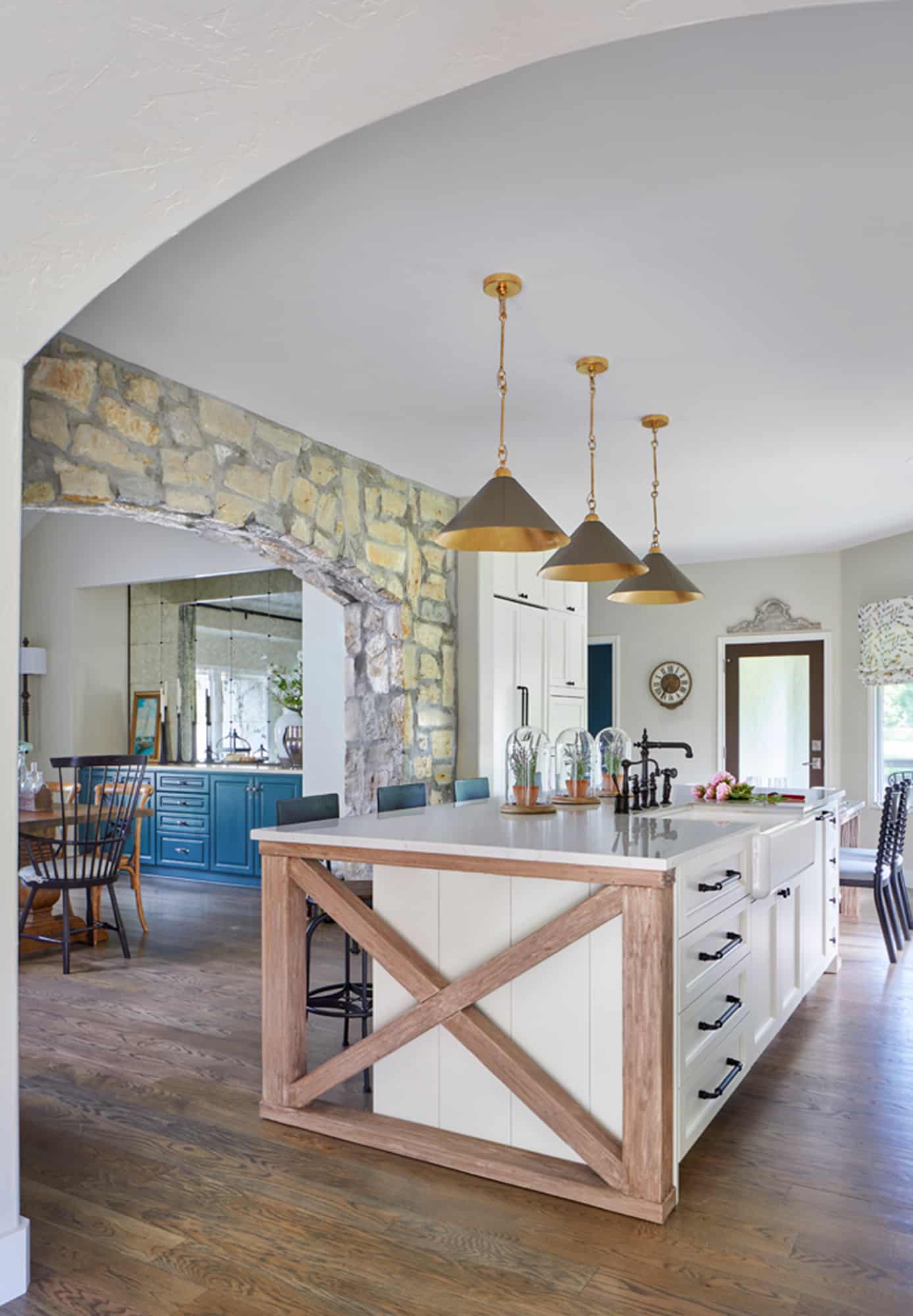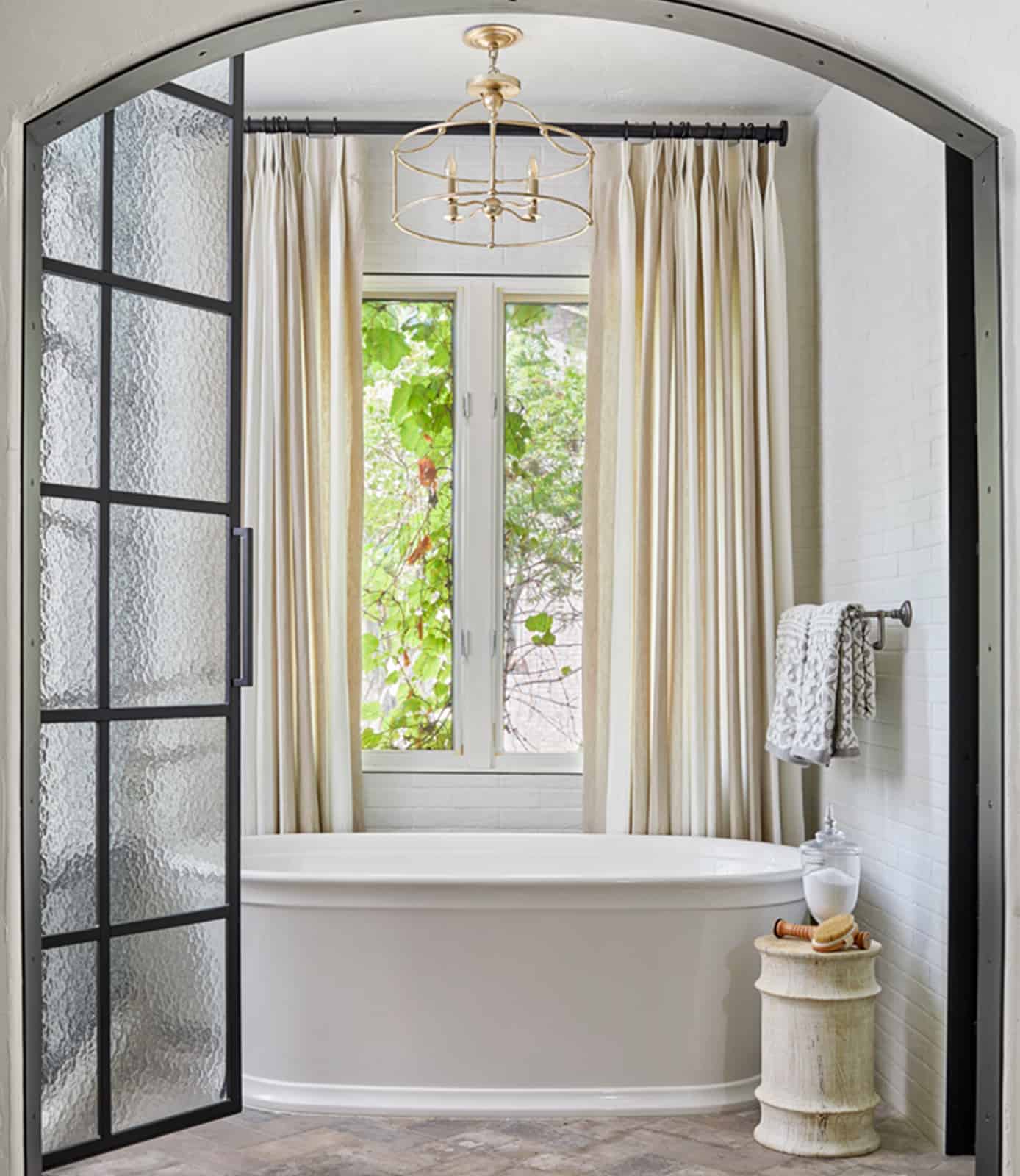Interior Design Styles
Mid-century modern, traditional, eclectic, what do these terms mean and how do they apply to your future projects? Having a basic understanding of design styles will not only educate you on the fundamentals of design, but it will help you define your own personal style and guide you in the pursuit of your dream home. In this month’s blog we are going to give you a brief history of different design styles and show you how to incorporate them in your home design.
Midcentury Modern
Definition: Mid-Century Modern (which is often referred to as “MCM”) is a style of design that reflects World War II optimism, the growing economy, and the rapid rise of suburban living. This period roughly lasted from the mid-1940s to the mid-1960s. Designers and architects in this time were eager to develop new ideas that married the mass production and technology invented during the first half of the 20th century with a more optimistic outlook for the future.
Suburban homes built during this time were fairly small, yet open, uncluttered, and airy. Efficiency was key, as was integrating newfound home technology! These homes were intentionally designed to be a fresh alternative to the darker, neo-classical styles of the earlier part of the twentieth century.
Characteristics:
– Organic and geometric shapes. (Mid-century modern style focuses on clean lines with a mix of both organic and geometric shapes)
– Function over form
– Combination of contrasting materials and textures
– Bringing nature indoors – warm woods (Frequent use of teak, rosewood, and oak)
– Furnishings with clean, simple lines
– Mixed materials and textures (wood frames for a couch with upholstered seating)
– Use of metal, glass, and vinyl
– Bold accent colors (popular midcentury colors include reds, sages, yellows, blush pinks, and more)
With its sleek lines and warm tones, this style is perfect for those looking for a space that’s welcoming in nature and fun in design! This style has so many wonderful adaptations as it’s not “one-size-fits-all”. Depending on your unique style, you can create a Mid Century Modern space that is anything you desire it to be: colorful or neutral, serene, or energetic! With so many MCM homes on the market today, reworking the design in this style can honor homes’ heritage while giving it a modern flair.
Our Forrest Circle project is a great example of MCM style with the incorporation of wooden beams on the ceiling, natural textures, warm tones, and metals and glass accents. This home also features furniture pieces with clean lines and simple décor that elevate the space but allow the main design of the home truly shine.
Traditional 
Definition: Traditional interior design is a popular style of décor that is based largely on 18th- and 19th-century European styles. A traditional interior design scheme is timeless and placeless, comfortable, featuring intriguing details and embellishments. Despite its lengthy history, the decorating style isn’t dated, stuffy, or boring. Rather, it takes cues from this point in history and reinterprets them in a modern way.
Characteristics:
– Decorative Details & Accessories
– Classic art
– Wood Elements (And warm tones)
– Ornate fireplaces
– Ceiling medallions
– Upholstered furniture
– Antique Finishes
– Molding/ornate details
Traditional style homes typically include more decorative and detailed features like moldings, appliques, corbels, and decorative doors. If you are a detail-oriented person looking for an elegant and timeless space, traditional might be the style for you!
Our South Franklin project (right) is a home that features intricate details indicative of traditional design. You’ll notice beautiful molding throughout the home, ornate fireplaces, and décor that is reminiscent of the time in which the original home was built.
Modern/Contemporary
Definition: Both contemporary and modern homes represent new, updated styles and trends. Modern design is inspired by modern art movements and has roots in Scandinavian and German architecture and design. Recent adaptations emphasize clean, open spaces, and sleek lines. Modern design for many is a way of life in addition to a room design. You will notice a “less is more” mentality as many modern/contemporary spaces utilize minimal decor and are generally clutter free.
What makes a space have that modern look we love is the simplicity of the design. You will often notice symmetry and horizontal lines that accentuate certain features in a space.
This Scandinavian style dining room (Jade) is a perfect example of Modern design through its clean lines, simplicity, and emphasis on light. You will notice how spaces like this never sacrifice beauty for the sake of functionality but have the perfect balance of both.
Characteristics:
– Space and lighting (Modern home designs ensure that the light and space are maximized with the use of reflective materials and cleverly designed lights and windows)
– Open layout
– Sleek lines in regard to furnishings and overall room design
– Visual Harmony/Geometric shapes
– Long and low furniture (Leather and fabric upholstery, wood veneers (such as those used to create the classically mid-century modern Eames chair), glass, chrome, steel, and concrete are also popular finishes for modern furniture.)
– Minimal décor
What is the difference between modern and contemporary designs?
“Modern design refers to the aesthetic style of a specific historical moment, whereas contemporary design refers to the ever-evolving styles of the current moment. Contemporary style does not encapsulate a specific philosophy of design but is instead a blanket term given to describe the interior design trends of today, which are not necessarily rooted in any particular design style.” – Architectural Digest
Transitional 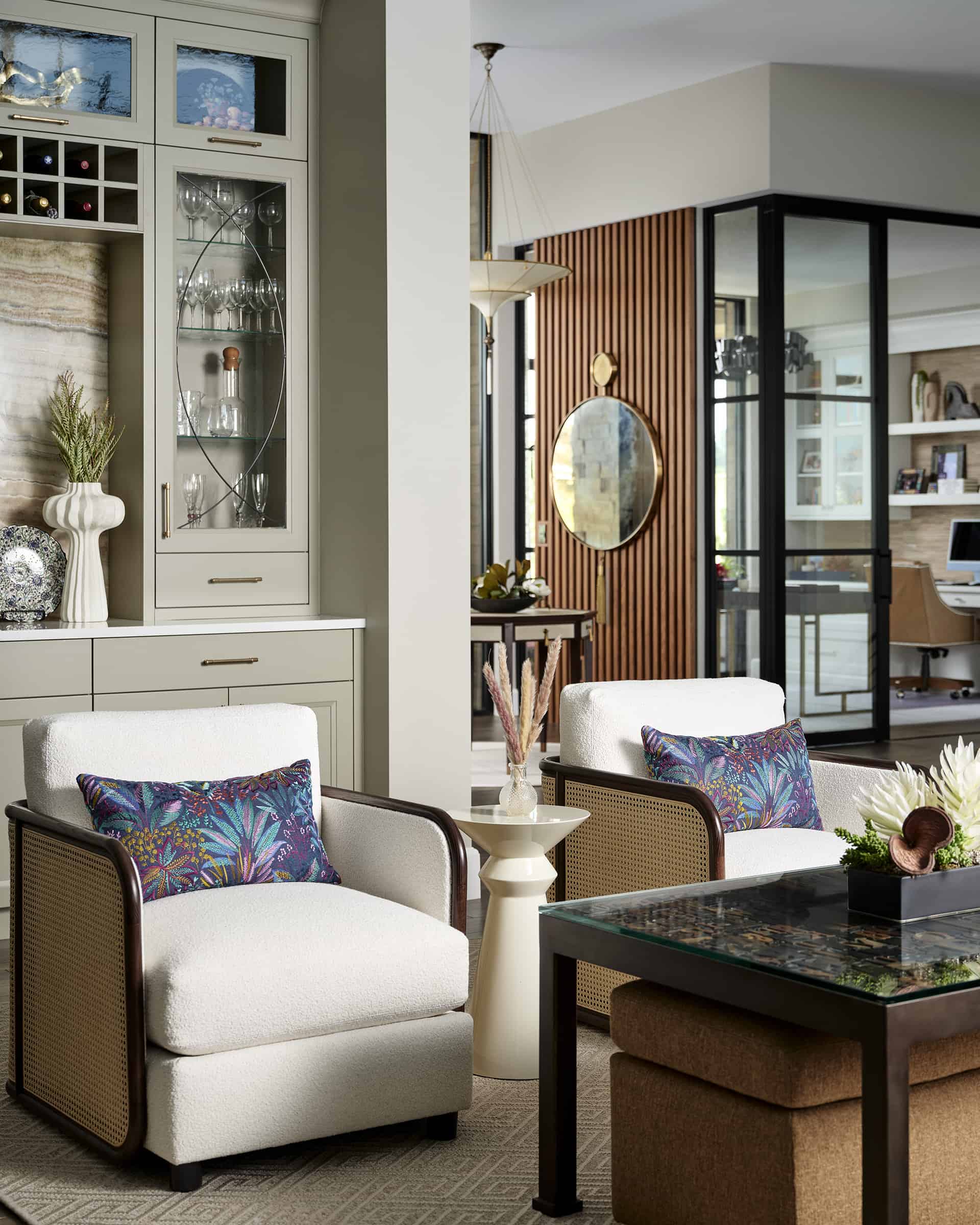
Definition: Transitional style is a thoughtful blend of traditional and contemporary styles to create unique, one-of-a-kind spaces. This can be everything from blending straight and curved lines to balancing both masculine and feminine elements.
This style is great for people that find traditional a little too formal, but purely contemporary doesn’t fit well with their home or personal style. The beauty of transitional is that it’s entirely what you make of it!
Characteristics:
– Minimal accents
– Neutral color palette
– Natural surfaces (ex. granite, marble to keep a space looking classic)
– Lots of texture
Our Brindle project (left) beautifully blends multiple design styles to create a Transitional space. You will notice a variety of textures throughout, more traditional cabinetry, modern furnishings, and eclectic decor.
Eclectic 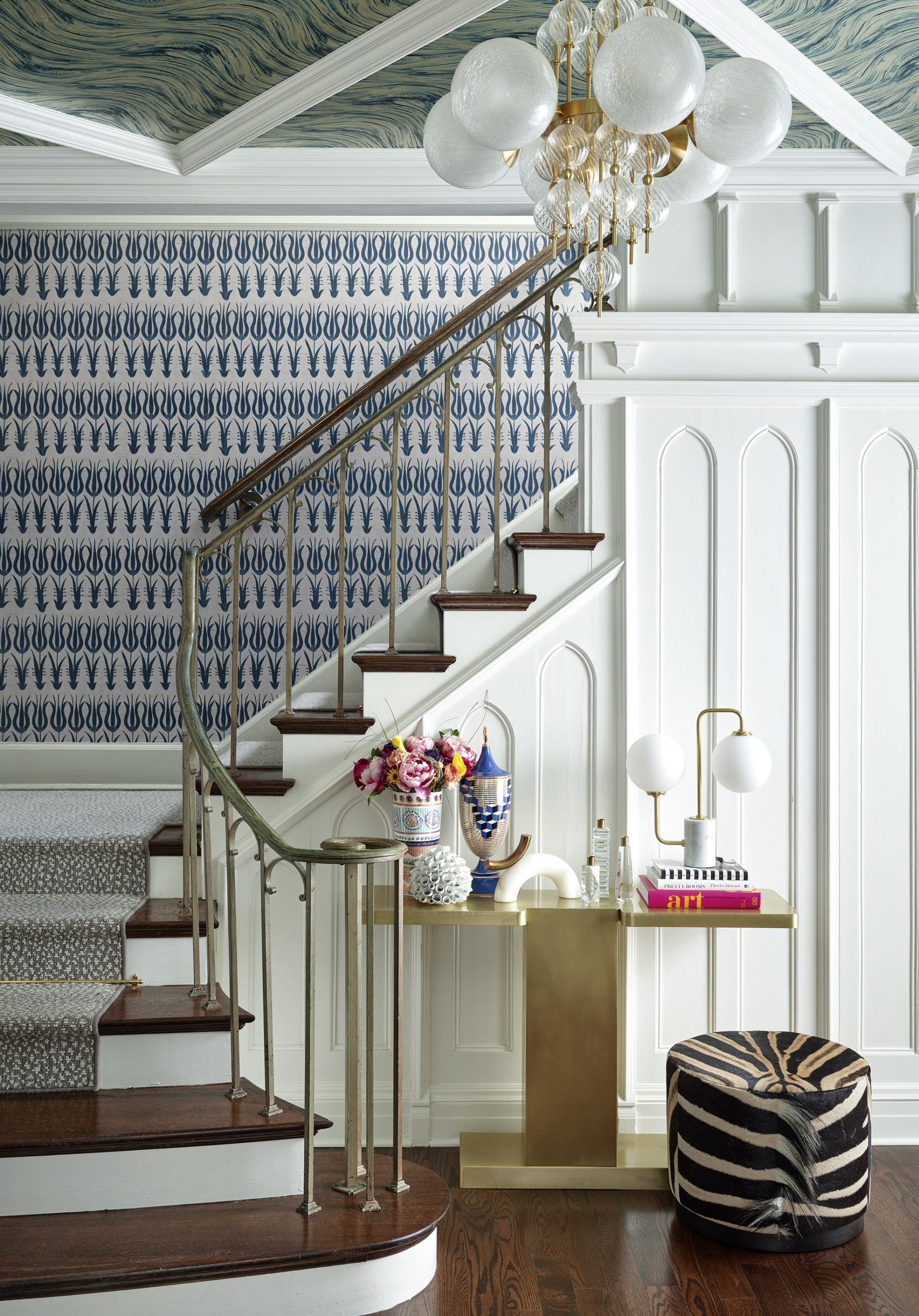
Definition: Eclectic style is defined by the harmonization of disparate design styles, juxtaposing textures, and contrasting colors. While the stereotype of this design style is that it’s chaotic and mismatched, in reality, these spaces come together cohesively and create homes that are both beautiful and timeless.
Characteristics:
– A variety of mixed textures and patterns within the space (Plush & patterned fabrics, textured stones, marble, art and more!)
– Mixing metal finishes (Gold with stainless steel or even matte black and copper)
– An attention-grabbing features (painted wall or unique tilework)
– The combination of different design styles
– Mixed color palettes (Bold color choices with soothing neutrals)
– Travel and global influences (Decorating with pieces influenced by other cultures and areas around the world)
Eclecticism is perfect for those who appreciate many different design styles. You can throw out the rule book when creating an eclectic home!
Our Olive Project is eclectic in the very sense of the term! This home features a variety of colors and textures to create a wonderfully unique space. The end result is a whimsical home with intriguing design at every turn.
Farmhouse
Definition: Modern day farmhouse has recently had a resurgence in popularity and is a style that lies on the transitional continuum. It’s not quite traditional, not contemporary, but has qualities of both! The difference between Farmhouse and transitional is that Farmhouse aims to achieve a more “lived in” look and feel featuring distressed materials, cozy furnishings, and nods to a family-style living.
Inspired by homes historically built on agricultural lands, Farmhouse styled homes were created to be efficient for hardworking households and accommodating for big families. While many modern-day homes are not built on active farms, the simple and cozy qualities of these spaces translate to the more modern farmhouse style we see today.
Characteristics:
– Apron-front sinks
– Natural wood floors, exposed beams, butcher block and farm tables
– Beadboard and paneling
– Natural neutrals. Buttermilk, straw, gray, khaki, stone
– Classic colors. Barn red, denim blue, sage green, mustard yellow
– Sturdy (handmade) wood farmhouse table with bench seating
– Refurbished barn doors
– Distressed or vintage décor
– Functional designs (mudrooms, spacious laundry rooms, spacious living spaces)
Our Goldsmith project is a great example of the Farmhouse style. You’ll notice wood/barn-like features in the kitchen as shown on the end of the island as well as natural stone elements that give the home a more rustic and lived-in feel. The master bath displays a play on the barn door and features a large soaking tub.
/
At Inside Stories, many of our interior design projects incorporate multiple design styles to create wonderfully unique spaces. While it’s helpful to understand the history and characteristics of each style, what is most important is creating spaces that are designed for YOU, your personal style, and your home. There is no rule saying you can’t blend colorful eclecticism with the structure of traditional design, or the simplicity of contemporary with the natural textures of Mid-Century Modern! Contact our design team to get started!
